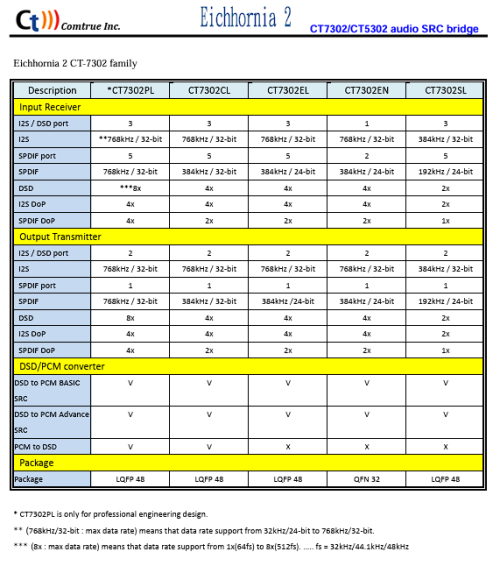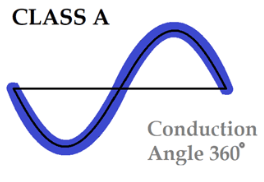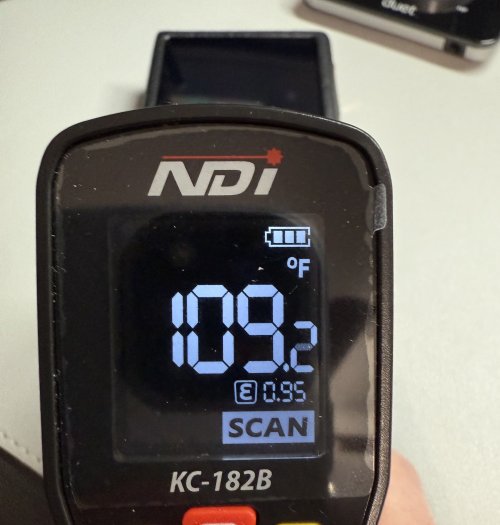taken from another thread:
Hello, I had a conversation with a friend, he claimed that totl desktop chips like the es9039 aren't powered well by daps.
I wonder what's your take on this? from my perspective there's bound to be a benefit in using a top tier desktop chip, even if not to it's full 100% capabilities, over something like quad cs chips (to equalize channels)
The debate between desktop and portable gear is an age-old one, and I won’t go too deep into it. The key takeaway is that their integration levels, performance ceilings (which were limited by previous factor), and most importantly, the application scenarios, are inherently different.
considering cayin had both octa cs and totl cs, do you know perhaps what was their experience and added benefits in using the ess over the cs chips?
even if not driven to it's full potential, is it safe to say that it was designed in a way that squeezes as much performance as it can from the ess chip?
And regarding this one, I must clarify one thing to avoid any misunderstanding:
Choosing ESS was not because we saw it as an ’upgrade‘ to CS chips, as we’ve mentioned before:
Cayin didn't select any one of the Audio Motherboards as the "default" motherboard, so when more Audio Motherboards are available, we let our users select their preferred Audio Motherboard and go for the package that they want directly.
We don't intend to make each audio motherboard an upgrade that bind you to purchase the next one when it's released. Instead, we aim to maximize the unique characteristic of each motherboard, allowing you to choose according to your preferences.
When comparing ESS and CS chips, the fact is that ESS chips indeed have better specifications compared to CS', but whether they can fully unleash their performance still depends on the specific design of the circuit. Because designing a circuit for a DAP is more than simply slapping a chip into a board and calling it done. Why would everyone here willing to pay this amount of money for a DAP?
Because it’s been meticulously designed; because it's infused with passionate, with our understanding of music.
So, how do we demonstrate Cayin's, our understanding?
Tuning, it’s all about tuning — this is what sets brands apart from one another.
This new generation of ESS chips with Hyperstream IV architecture (such as the ES9039SPRO) is built on an entirely different framework compared to its predecessors like the 9018, 9028, and 9038. One standout feature of these chips is their high sound tuning potential, and this is another reason why we chose the 9039SPRO. To explain further, through the design of the peripheral circuit (the surrounding circuitry around the DAC chip), we can shape the sound signature, thus achieving the desired tuning. Our engineers first developed several prototype motherboards to experiment with different circuit design, testing their performance and sound signature. Eventually, we decided to incorporate a buffer stage into the peripheral circuit, this allowed us to preserve the ESS sound quality (I mean, its excellent instrument separation, low background noise floor, and outstanding resolution) — while making the vocal more interesting on E203.
Similarly, the C201 also features a buffer, but its role is entirely different from that of the E203. In the C201, the buffer consist of op. amps located behind the passive volume control chip (the large component in the circled area). The primary purpose of this buffer is not for tuning, but for cascading volume control. Specifically, each channel has two stages of series-connected volume control: the first stage uses a 72315 passive volume control chip (the smaller one in circled area), followed by the op-amp (buffer), and then the second 72315 chip, with another buffer op-amp afterwards.
In the C201, the buffer’s role is not to serve tuning, as it does in the E203. Instead, its main function is to improve load-driving performance and ensure that the output levels for the left and right channels remain highly consistent across the entire volume range——finding the low volume imbalance zone extremely annoying?
Eliminate it then!
So, returning to my earlier point, circuit design isn’t just a matter of tossing components together. And even if circuits share the same name, they can’t simply be applied in the same way. They need to be optimized according to the characteristics of each different DAC chip.
What we aim to do is not exaggerate our claims or try to make the N6iii rival desktop setups, but to bring out the best out of it, and bring out the unique characteristics of each chip.

































